Weekly Reading List: June 16, 2025

Time for Congress to save American science … and the nation
We
believe the best hope for saving science and, perhaps, saving our form
of democracy, is convincing at least a couple dozen Republican members
of Congress that it’s up to them—that the stakes require exercising the
prerogatives of the Congress to constrain excesses by the Executive
Branch and resuming the serious conversations, debates, and compromise
across the aisle and between the branches that used to be the way policy
was made.
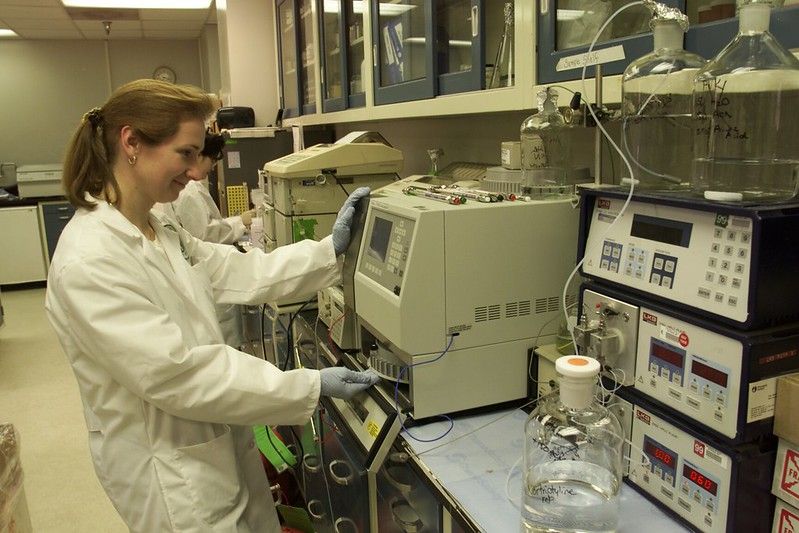
Several hundred NIH employees sign a letter of protest to the agency’s director
Several hundred NIH employees signed on to a letter rebuking agency actions since the start of President Trump’s second term

Resolving the full set of human polymorphic inversions and other complex variants from ultra-long read data
Inversions
are a unique type of balanced structural variants (SVs) with important
consequences in multiple organisms. However, despite considerable
effort, this and other complex SVs remain poorly characterized due to
the presence of large repeats. New techniques are finally allowing us to
identify the full spectrum of human inversions, but the number of
individuals analyzed is still quite limited. Here, we take advantage of
Oxford Nanopore Technologies (ONT) long reads to characterize an
exhaustive catalogue of 612 candidate inversions between 197 bp and 4.4
Mb of length and flanked by <190-kb long inverted repeats (IRs). For
that, we developed a bioinformatic package to identify inversion alleles
reliably from long read data. Next, using a combination of different
DNA extraction, library preparation, and ONT sequencing protocols, we
showed that ultra-long reads (50-100 kb) and adaptive sampling are an
efficient method to detect most human inversions. Lastly, by analyzing
ONT data from 54 diverse individuals, 87-99% of the inversions could be
genotyped in each sample, depending mainly on read and IR length and
genome coverage. Both orientations were observed for 155 of the analyzed
regions (frequency 0.01-0.49), which multiplies by three the
polymorphic IR-mediated inversions studied in detail so far. Moreover,
we found more than 300 additional independent SVs in the studied regions
and resolved several complex rearrangements. Our work therefore
provides an accurate benchmark of those inversions that typically escape
most analyses, improving existing resources, such as the Pangenome. In
addition, it demonstrates the potential of nanopore sequencing to
determine the functional impact of missing human genomic variation.

Comprehensive tumor-agnostic
evaluation of genomic and epigenomic-based approaches for the
identification of circulating tumor DNA in early-stage breast cancer
The detection of
circulating tumor DNA (ctDNA) after curative-intent therapy, referred to
as molecular/minimal residual disease (MRD), is prognostic of disease
recurrence in early-stage breast cancer (EBC). Tumor-agnostic approaches
that rely on mutation-based assessment in fixed panels of common cancer
driver genes have shown limited utility for detecting MRD in EBC.
Methylation-based MRD (mMRD) may overcome the limitations of
genomic-based MRD (gMRD), though limited clinical validation is
available.
Want to enhance lab safety? Try a little role playing first
Simulated lab accidents train students how to respond to real emergencies.

Lawsuit Challenges 23andMe's Planned Sale of Consumer Genetic Data
A lawsuit filed by 27
states and the District of Columbia seeks to stop 23andMe from selling
its consumer genetic data without the express consent of each customer
in the company's database.
Former MIT researchers advance a new model for innovation
Developed
by former MIT researchers, focused research organizations (FROs)
undertake large research efforts and have begun to contribute to
scientific advances.

A closer look at the new members of the CDC vaccine advisory panel
Here’s
a breakdown of what we know about the eight new members of the CDC’s
vaccine advisory panel selected by health secretary Robert F. Kennedy
Jr.
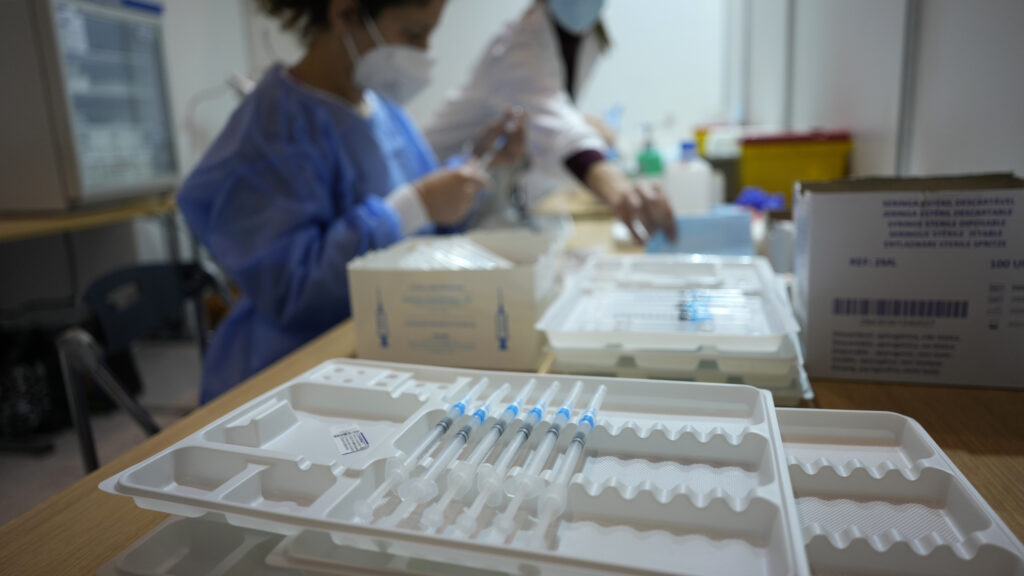
ASMS Sees Mass Spec Vendors Update Flagship Platforms, Extend Instrument Portfolios
This week's American
Society for Mass Spectrometry annual meeting in Baltimore saw a number
of new instrument releases with vendors introducing new versions of
popular proteomics-focused platforms as well as systems aimed at
building out their biopharma and multiomics portfolios.
Scientists Urge NIH Director to Restore Research Grants Halted by Trump Administration
Researchers
urged the NIH Director to restore grants delayed or terminated for
political reasons so that life-saving science can continue.

NIH terminates network aimed at stopping pandemics before they start
Agency calls research to identify viral threats “unsafe”
Authorship for sale: Nature investigates how paper mills work
Companies
selling authorship slots thrive in a culture that equates success with a
strong publication record. Customers, sleuths and the shadowy owner of a
paper mill explain why.

‘Injecting politics into NIH’: Senators drill Jay Bhattacharya in hearing over $18B budget cut proposal
During
a Senate hearing, National Institutes of Health (NIH) Director Jayanta
Bhattacharya, M.D., Ph.D., said the last few months have been “bumpy,”
while underscoring Congress’ role in approving a | During a Senate
hearing, National Institutes of Health Director Jayanta Bhattacharya,
M.D., Ph.D., described the past few months as “bumpy,” while
underscoring Congress’ role in approving a budget and taking full
responsibility for the agency’s move away from “politicized science.”

Genomics pioneer fired from firm he founded: ‘It was not easy to domesticate me’
Kári Stefánsson, who last month left the Icelandic genetics company deCODE, spoke to Nature about his legacy.

RFK Jr.’s attack on vaccine experts endangers every American
“Our
nation’s top health official cannot be trusted to protect America’s
children and their families,” writes Richard Besser, pediatrician and
president of the Robert Wood Johnson Foundation.
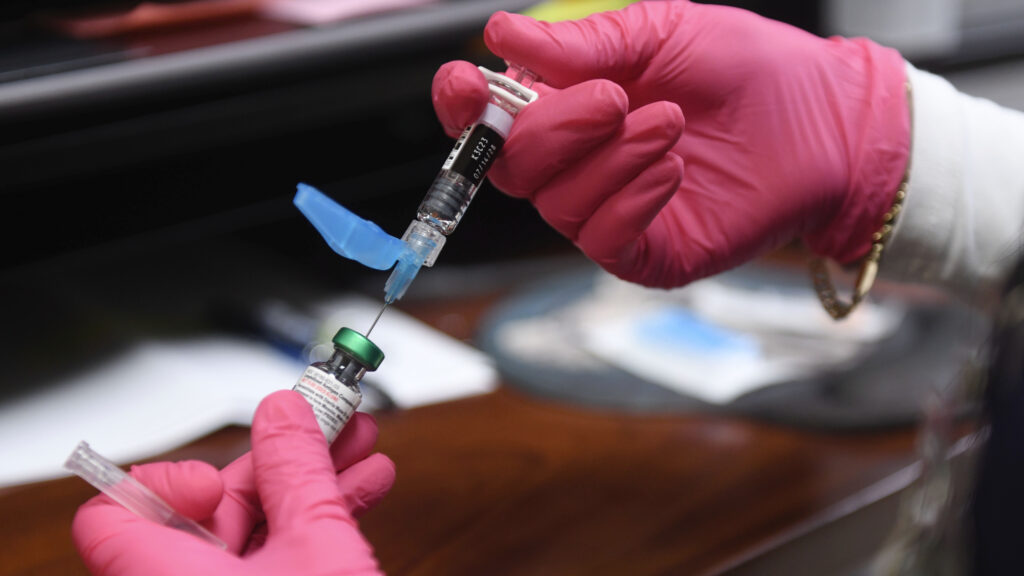
US arrests another Chinese scientist for allegedly smuggling biological material
Scientist accused months ago of shipping material, described as related to worms, to University of Michigan lab
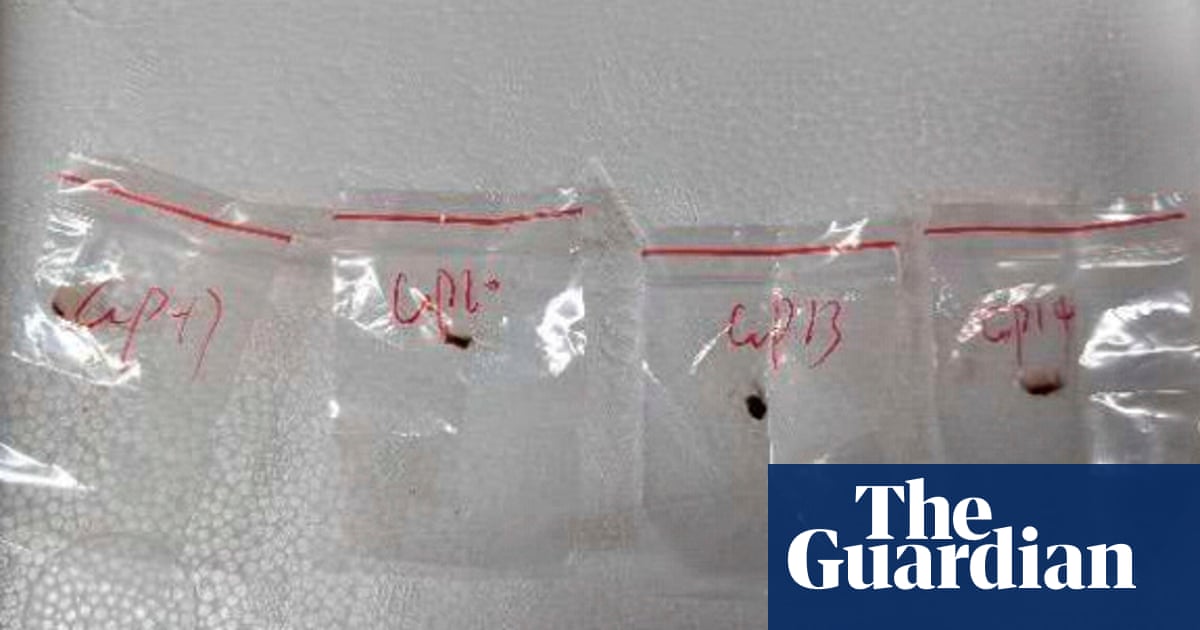
Bioprospectors mine microbial genomes for antibiotic gold
But turning what they find into drugs isn’t so easy

The emergence and future of precision public health: a scoping review
Rapid uptake of big
data and technologies in healthcare are transforming methodological
capabilities in medicine and public health, giving rise to new fields
such as precision public health. We conceptualised precision public
health as an emerging technology to understand the emergence of this
term and its associated characteristics.
First antibiotic in 50 years to tackle superbug nears approval: what’s going on in the field?
Antibiotic
development has declined in recent decades. Now, after 50 years, a new
antibiotic has been created to tackle bacterial infections.

Whole-Genome Sequencing is a Viable Replacement for Chromosomal Microarray and Fragile X PCR Testing
Developmental
disabilities and congenital anomalies are common pediatric conditions
that often require extensive genetic testing to determine an underlying
cause. Traditionally, chromosomal microarrays (CMA) and Fragile X
testing have served as first-tier diagnostics, but these tests are
limited in scope and often necessitate follow-up sequencing assays.
Whole Genome Sequencing (WGS) offers a single, comprehensive assay
capable of detecting a broad spectrum of genetic variation, including
single nucleotide variants (SNVs), insertions and deletions (INDELs),
copy number variants (CNVs), structural variants (SVs), loss of
heterozygosity (LOH), and tandem repeat alterations. In this study, we
evaluated whether WGS could replace CMA and serve as a more effective
first-tier test. WGS achieved a 97.28% concordance with CMA for
clinically relevant CNVs and LOH, while also offering more accurate
breakpoint resolution and broader data point coverage. Notably, 4 out of
5 discordant cases (80%) were due to WGS providing more accurate
breakpoint resolution. WGS covered over 97% of clinically relevant
regions for CNV detection, compared to < 3% with CMA. To address the
interpretive burden associated with the increased CNV calls, we
implemented a cohort-based occurrence filter that successfully
prioritized potential pathogenic events without sacrificing clinical
sensitivity. Additionally, we assessed the feasibility of Fragile X
screening from WGS data using a custom PCR confirmation logic built on
Expansion Hunter output. This approach accurately excluded normal-range
alleles and flagged indeterminate or expanded alleles for follow-up PCR
confirmation. Our results support the use of WGS as a scalable and
comprehensive diagnostic platform capable of consolidating multiple
traditional assays. By streamlining workflows and enhancing clinical
resolution, WGS offers a compelling alternative to the current
diagnostic paradigm for patients with suspected genetic disorders. ###
Competing Interest Statement N.L. received personal fees from Illumina
Inc and is a scientific advisory board member for FYR Diagnostics, ML4H,
and Everygene, Inc. V.P. is a former employee and owns shares of
Illumina. ### Funding Statement This study was funded by Quest
Diagnostics and Broad Clinical Labs ### Author Declarations I confirm
all relevant ethical guidelines have been followed, and any necessary
IRB and/or ethics committee approvals have been obtained. Yes The
details of the IRB/oversight body that provided approval or exemption
for the research described are given below: Institutional Review Board
of WCG gave ethical approval for this work (IRB protocol identifier
20242498). I confirm that all necessary patient/participant consent has
been obtained and the appropriate institutional forms have been
archived, and that any patient/participant/sample identifiers included
were not known to anyone (e.g., hospital staff, patients or participants
themselves) outside the research group so cannot be used to identify
individuals. Yes I understand that all clinical trials and any other
prospective interventional studies must be registered with an
ICMJE-approved registry, such as ClinicalTrials.gov. I confirm that any
such study reported in the manuscript has been registered and the trial
registration ID is provided (note: if posting a prospective study
registered retrospectively, please provide a statement in the trial ID
field explaining why the study was not registered in advance). Yes I
have followed all appropriate research reporting guidelines, such as any
relevant EQUATOR Network research reporting checklist(s) and other
pertinent material, if applicable. Yes All data produced in the present
study are available upon reasonable request to the authors.

Regeneron Genetics Center Launches Proteomics Study of 200K Geisinger Samples Using Olink Platform
Thermo Fisher
Scientific said Thursday that the Regeneron Genetics Center (RGC) has
launched a large-scale proteomics research project involving nearly
200,000 patient samples from the Geisinger Health Study and has chosen
the Olink Explore HT proteomics platform for the effort.
Anne Wojcicki to buy back 23andMe and its data for $305 million
Anne Wojcicki to buy back 23andMe and its data for $305 million
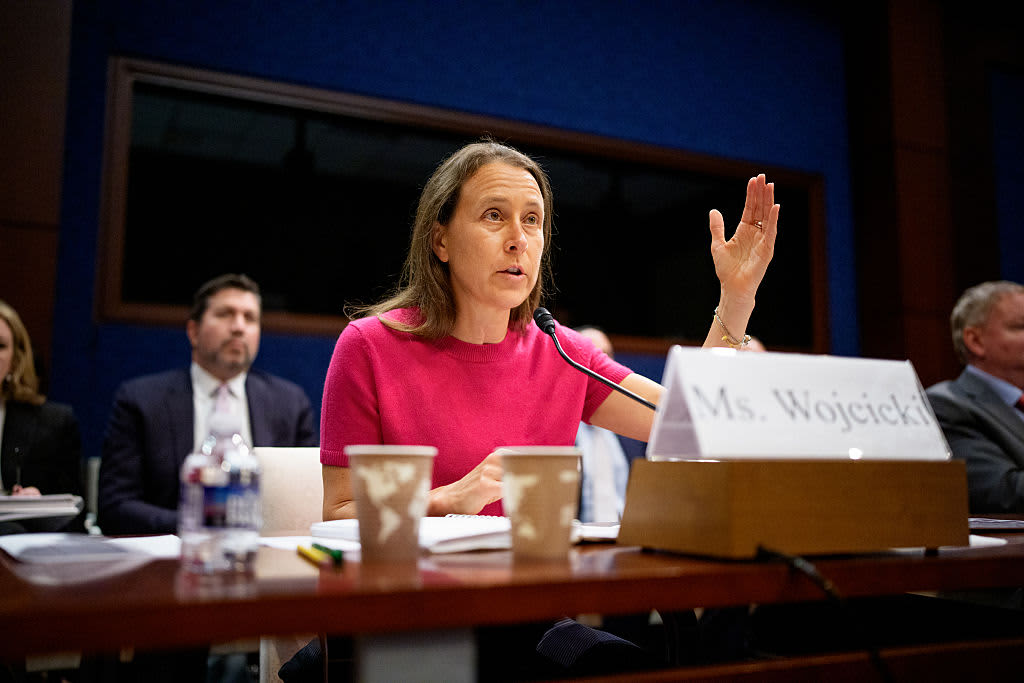
Efficient near telomere-to-telomere assembly of Nanopore Simplex reads
Telomere-to-telomere
(T2T) assembly is the ultimate goal for de novo genome assembly.
Existing algorithms capable of near T2T assembly all require Oxford
Nanopore Technologies (ONT) ultra-long reads which are costly and
experimentally challenging to obtain and are thus often unavailable for
samples without established cell lines. Here, we introduce hifiasm
(ONT), the first algorithm that can produce near T2T assemblies from
standard ONT Simplex reads, eliminating the need for ultra-long
sequencing. Compared to existing methods, hifiasm (ONT) reduces the
computational demands by an order of magnitude and reconstructs more
chromosomes from telomere to telomere on the same datasets. This
advancement substantially broadens the feasibility of T2T assembly for
applications previously limited by the high cost and experimental
requirement of ultra-long reads. ### Competing Interest Statement Sean
McKenzie, Katherine R. Lawrence, Rhydian Windsor, and Mike Vella are
employees of Oxford Nanopore Technologies. The remaining authors declare
no competing interests.

DNA giant Illumina spawned an ecosystem of competitors and customers
For
Illumina, its former employees are both a boon and a problem. In the 27
years since its founding, the DNA sequencing company unlocked new
frontiers in biology, medicine and…

Trump’s cuts to more than 1700 NIH grants get court hearing
District judge could declare terminations unlawful—or toss suit based on technicalities

















